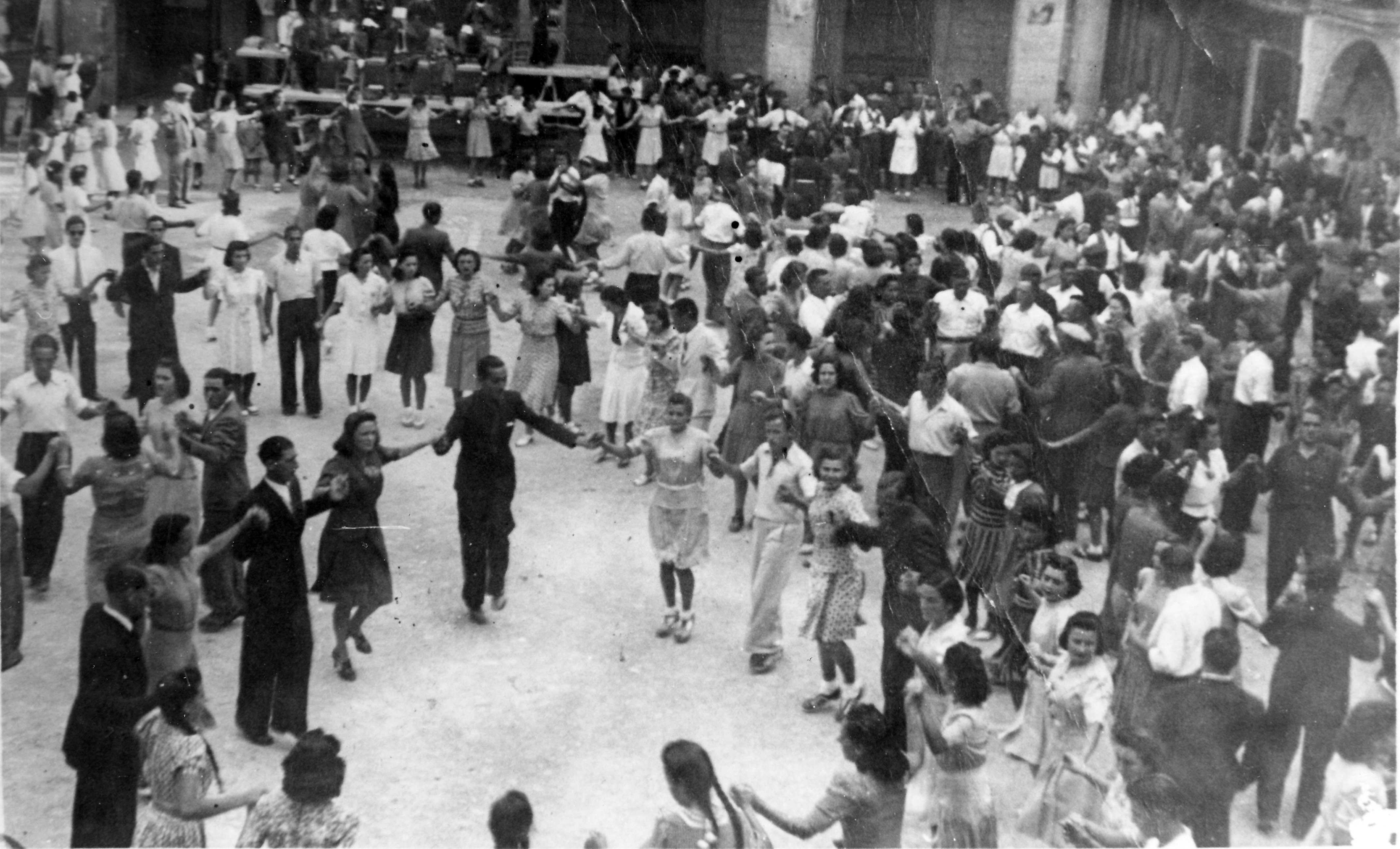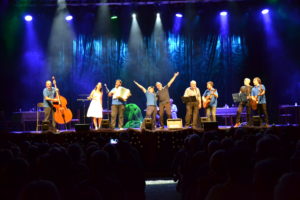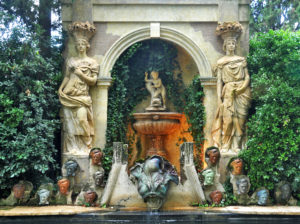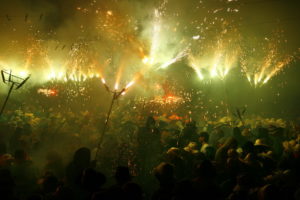Sardanes and cobles
-

The squares of villages, towns and cities are the natural home of the sardana, the national dance of Catalonia, the origins of which are lost in time. Like every popular form of expression, it has evolved over time and with the intervention of people such as Pep Ventura, from Figueres, who gave it prestige and musical wealth. Juli Garreta, a composer from Sant Feliu de Guíxols, also contributed his own style to it during the years of modernism. Enric Morera was regarded as a composer of great quality and he wrote a number of sardanes, including one of the best known ones, L’Empordà, of 1908 which was inspired by a poem by Joan Maragall.
The Empordà is one of the most important regions for sardanes; in fact, it is from here that the dance was popularised and spread throughout the neighbouring regions. Many towns and cities in the Baix Empordà have their own cobla (a traditional group that performs sardanes). Some of these, the cobles-orquesta, have a long history and have been active for over a century. Examples include La Principal de la Bisbal and Els Montgrins. At the dances, which are celebrated all year round at festes majors and on other important dates, you can appreciate the quality of the compositions and feel the sense of community they create.
The town of Torroella de Montgrí still has musical prestige in the Baix Empordà. The Els Montgrins cobla, founded in 1884 is the oldest of the ones that currently exist. But there were others before then, fruit of the great talent of musicians and composers from Torroella de Montgrí. The Museum of the Mediterranean now has a permanent exhibition dedicated to cobles.
La Bisbal d’Empordà is also important. Its best known cobla, La Principal de la Bisbal, was founded in 1888 and was regarded as the official cobla of Catalonia’s government, the Generalitat. Other groups such as the Cobla Bisbal Jove help maintain this genre, developing its style.
COMPARTEIX A LES XARXES SOCIALS:






